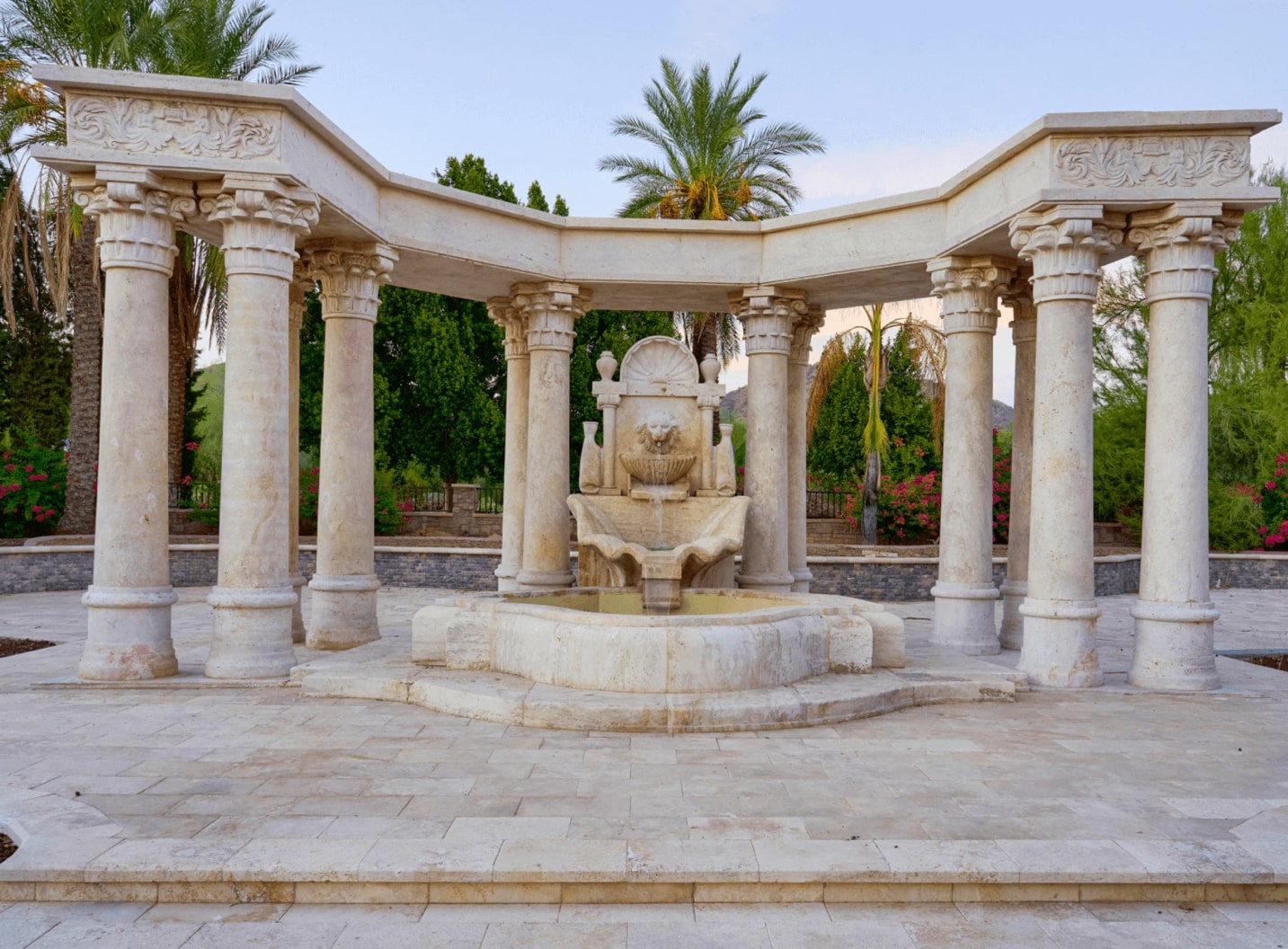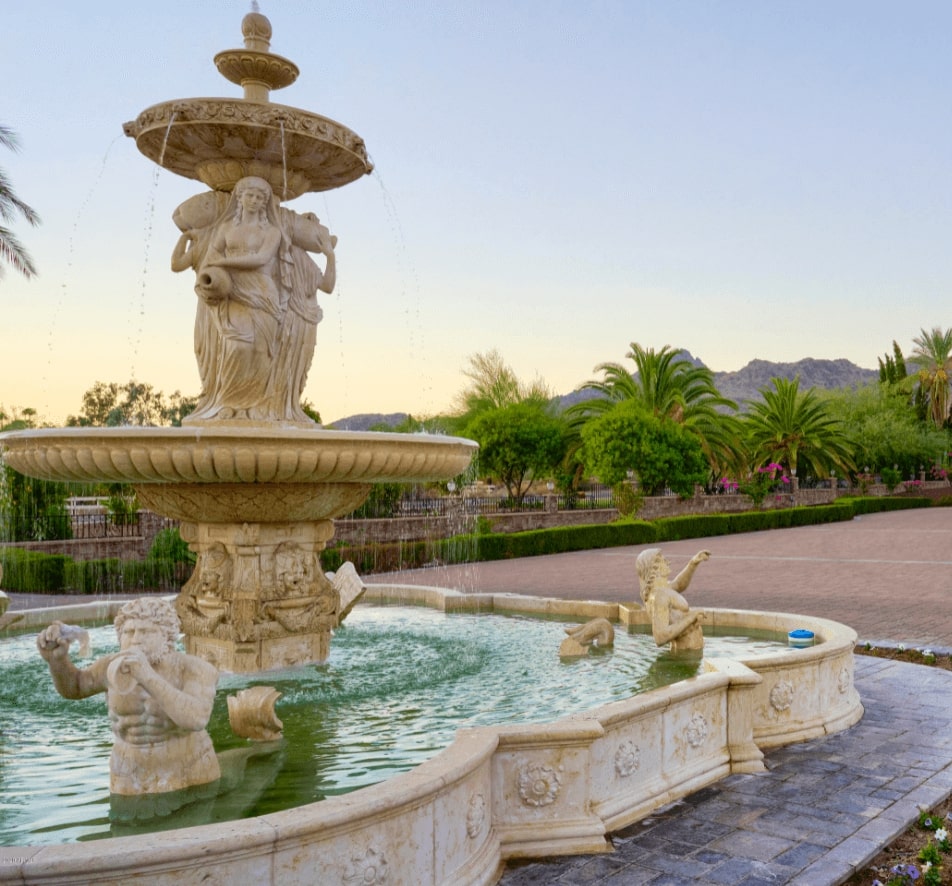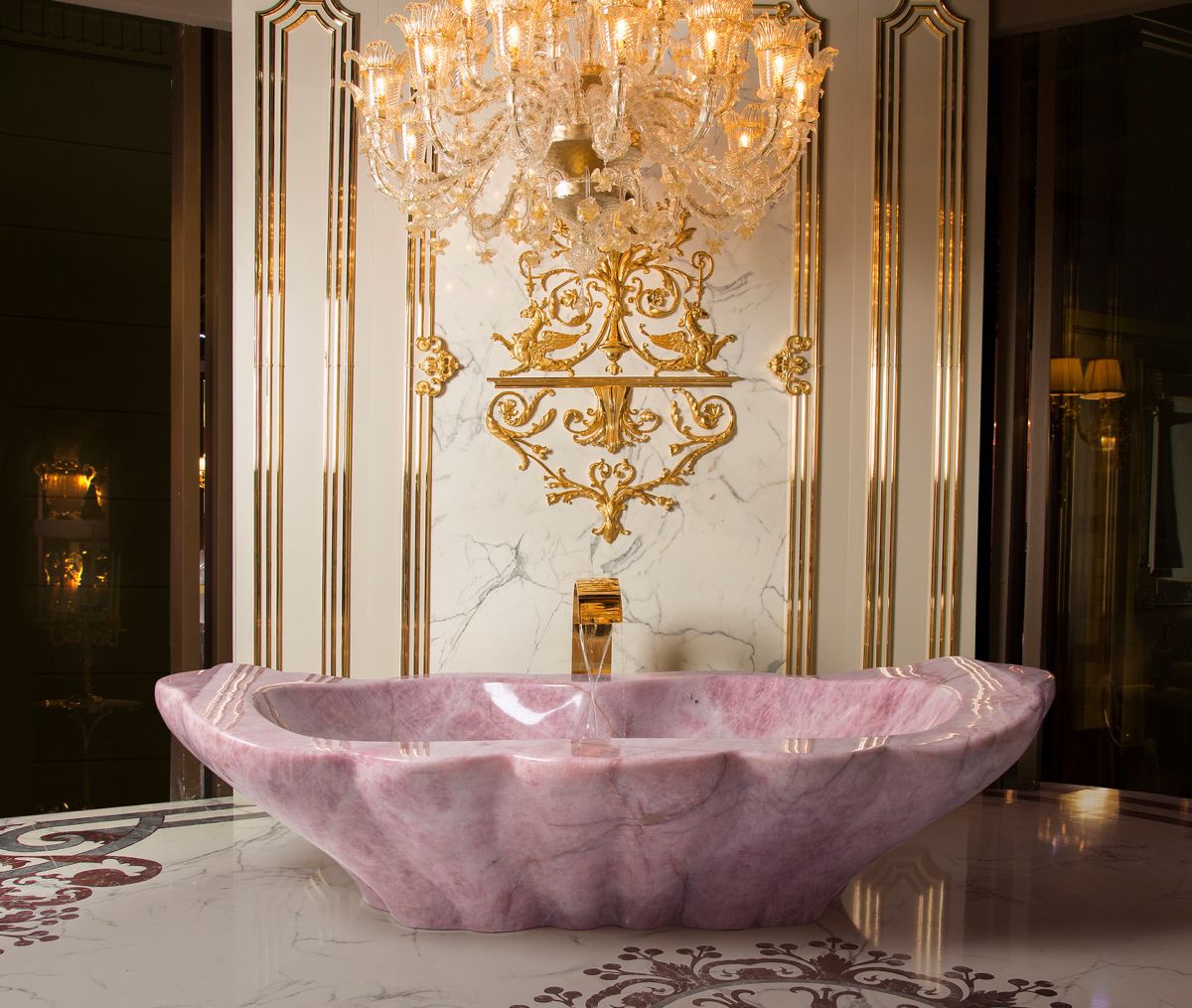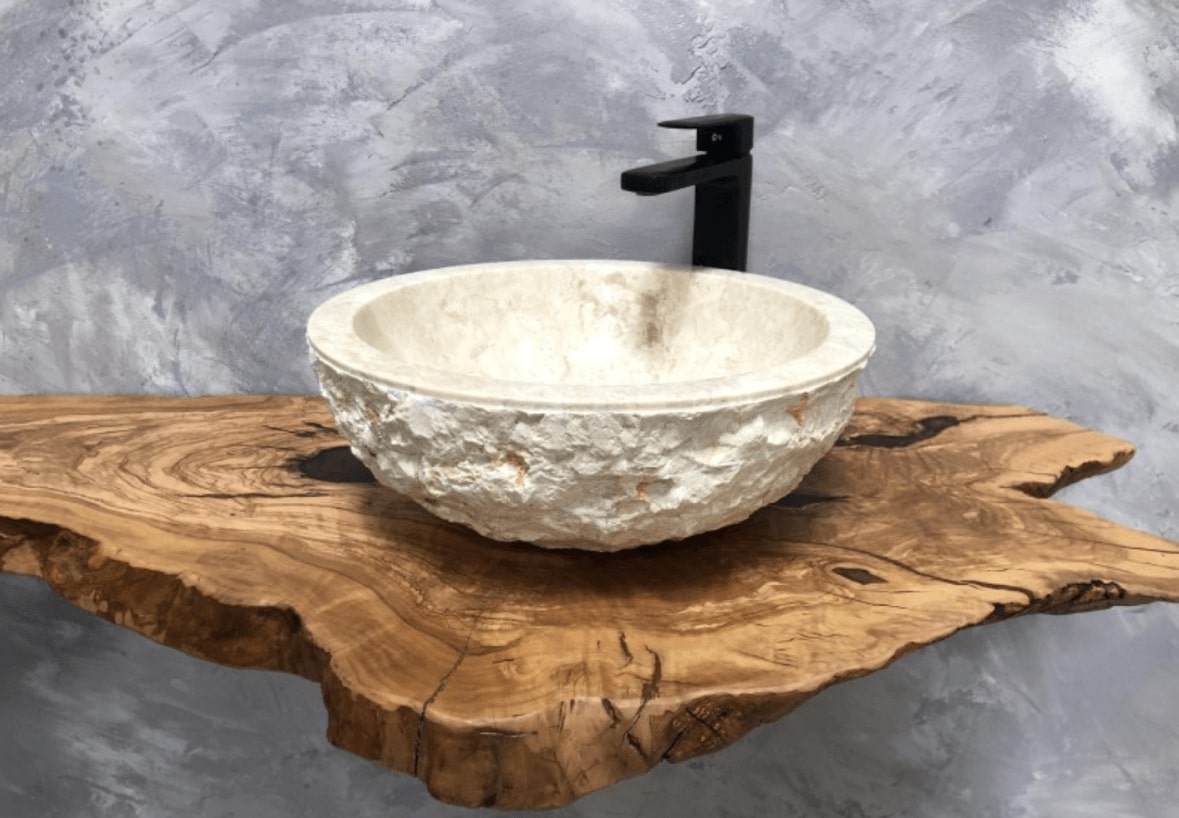Marble Statue Chiseled in Divinity: The Impressive Marble Statue Sculpture of Zeus
In the realm of ancient Greek artistry, one name stands as a beacon of divine craftsmanship and eternal beauty: Zeus, the king of the gods. Our journey begins by unveiling the awe-inspiring marvel of the "Marble Statue Chiseled in Divinity," a masterpiece that transcends the boundaries of time and human imagination. Carved from the pristine medium of marble, this sculpture of Zeus embodies not just artistic excellence but the very essence of Olympus itself. Join us as we delve into the majestic world of Greek mythology and sculptural mastery, where the thunderous presence of Zeus is forever etched in stone.
Historical Significance of Zeus in Greek Mythology
Zeus, the king of the Greek gods, held a prominent position in Greek mythology, and his portrayal in the form of a marble statue was a testament to his divine stature. Known as the ruler of Mount Olympus and the god of the sky, thunder, and lightning, Zeus was a central figure in Greek religion and culture. The creation of a Greek marble statue in his likeness was a demonstration of reverence and artistry.
In Greek mythology, Zeus was not only the most powerful of the gods but also the supreme authority who upheld justice and maintained order in the universe. He was often depicted as a bearded figure with a thunderbolt in one hand, symbolizing his control over the forces of nature. His role as the father of gods and humans emphasized his significance in the Greek pantheon.
The choice of marble as the medium for creating the Zeus statue was symbolic in itself. Marble, with its purity, durability, and timeless beauty, was seen as a fitting material to immortalize the gods. It conveyed the idea that Zeus's divinity and influence would endure through the ages.
One of the most famous examples of a Zeus marble statue is the statue of Zeus at Olympia, created by the renowned sculptor Phidias around 430 BCE. This colossal masterpiece stood over 40 feet tall and was housed within the Temple of Zeus at Olympia, one of the Seven Wonders of the Ancient World. The statue depicted Zeus seated on a magnificent throne, his powerful presence exuding an aura of divinity.

Sculptural Artistry in Ancient Greece
The creation of Greek marble statues, including the Zeus marble statue, showcased the exceptional artistry and craftsmanship of ancient Greek sculptors. These artists employed a range of tools and techniques to transform blocks of marble into breathtakingly lifelike sculptures.
Technical Mastery:
Greek sculptors of the classical period were unparalleled in their technical prowess. They possessed an intimate understanding of human anatomy, which allowed them to create sculptures that appeared not only aesthetically pleasing but also anatomically accurate. This mastery of anatomy enabled them to capture the human form with a level of realism that was unprecedented in the ancient world.
The use of marble, a challenging and unforgiving material, highlighted the skill of these sculptors. Marble was notoriously difficult to work with due to its hardness and susceptibility to fractures. Greek sculptors, however, had developed a sophisticated understanding of the material's properties. They employed both hand tools, such as chisels and hammers, and abrasives like sand and emery to shape the marble into their desired forms.
Emotion and Expression:
One of the distinguishing features of Greek marble statues was their ability to convey a wide range of emotions and expressions. Sculptors paid meticulous attention to facial features, ensuring that the statues' expressions reflected the intended mood or narrative. Whether it was the serene countenance of a goddess or the determined visage of a warrior, every emotion was expertly etched into the stone.
The use of drapery was another remarkable aspect of Greek sculpture. Sculptors skillfully rendered the folds and contours of fabric, creating the illusion of movement and fluidity. This attention to detail was evident in statues like the Zeus at Olympia, where the drapery gracefully cascaded over the god's divine form, adding to the overall realism and majesty of the sculpture.
The Golden Ratio and Proportions:
Greek sculptors adhered to mathematical principles and the concept of the "Golden Ratio" when creating their masterpieces. This ratio, often expressed as Phi (Φ), represented a proportion that was considered visually pleasing and harmonious. It influenced the proportions of various elements in Greek marble statues, from the length of limbs to the placement of facial features.
The application of the Golden Ratio in sculpture contributed to the statues' idealized beauty and balance. For example, in the Zeus statue at Olympia, the proportions of the god's face, body, and throne adhered to these mathematical principles, resulting in a sense of perfection and divinity that was visually captivating.
Legacy of Greek Sculpture Techniques:
The techniques and principles employed by ancient Greek sculptors continue to be revered and studied by artists and art historians to this day. Greek sculpture laid the foundation for Western art and became a touchstone for the Renaissance and subsequent artistic movements.
The legacy of Greek sculptural artistry can be seen in the works of renowned artists like Michelangelo, who admired and drew inspiration from Greek statues. Michelangelo's "David," with its meticulous anatomical detail and idealized proportions, bears the unmistakable influence of Greek sculptural traditions.

The Temple of Zeus at Olympia
The Temple of Zeus at Olympia served as the majestic home for the iconic Zeus marble statue. This temple, situated in Olympia, Greece, played a pivotal role in ancient Greek religious practices and was a significant cultural center.
Built to honor Zeus, the father of the gods, the Temple of Zeus at Olympia was a monumental structure designed to house the awe-inspiring statue. Its construction began in the 5th century BCE, and the temple's grandeur and architectural sophistication mirrored the importance of Zeus in Greek society.
Visitors to the temple would have been met with the breathtaking sight of the Zeus marble statue seated within, an experience that evoked a profound sense of divinity. Pilgrims and worshippers from all over the Greek world would journey to Olympia to pay homage to Zeus and marvel at the statue's magnificence.
The temple itself became a hub of cultural and religious activities, hosting the Olympic Games, one of the most celebrated athletic events in ancient Greece. These games were dedicated to Zeus, further emphasizing his central role in Greek life. Victors in the games were awarded olive wreaths, a symbol of the sacred olive groves dedicated to Zeus in Olympia.
The Temple of Zeus and its statue were not only significant for Greeks but also attracted the admiration of travelers and historians from other parts of the ancient world. They marveled at the temple's architecture and the artistry of the statue, leaving behind accounts that have contributed to our understanding of both Greek culture and artistic achievements.
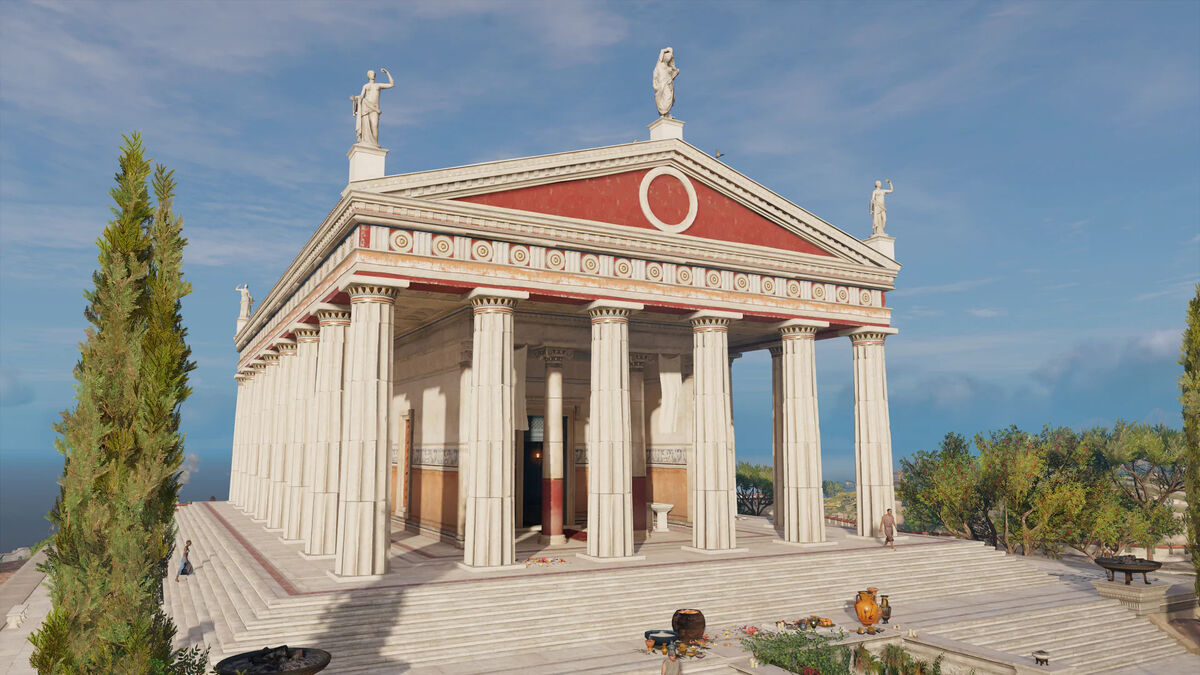
Legacy and Influence of the Zeus Marble Statue
The Zeus marble statue left an indelible mark on the world of art and sculpture, inspiring generations of artists and sculptors. Its enduring legacy continues to influence artistic endeavors to this day.
Phidias's masterpiece set a standard of excellence in sculptural artistry that subsequent artists sought to emulate. The meticulous attention to detail, use of materials like marble, gold, and ivory, and the representation of divine beauty became benchmarks for aspiring sculptors.
During the Renaissance period in Europe, artists drew inspiration from Greek marble statues like the Zeus statue. The revival of classical aesthetics and the pursuit of idealized human forms owed much to the legacy of ancient Greek sculpture. This influence is visible in renowned works such as Michelangelo's "David" and "The Birth of Venus" by Sandro Botticelli.
The impact of Greek marble statues extends beyond the realm of visual art. They have influenced literature, philosophy, and the very conception of beauty and divinity. The enduring appeal of these statues lies in their ability to transcend time and culture, speaking to the universal human fascination with the divine and the artistic pursuit of perfection.
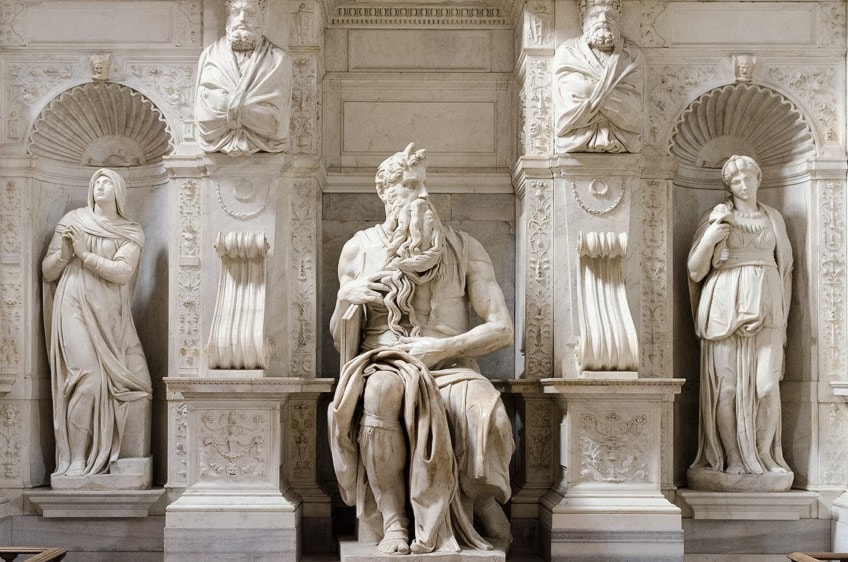
Worship and Rituals Surrounding the Zeus Marble Statue
The Zeus marble statue, housed within the grand Temple of Zeus at Olympia, was the focal point of ancient Greek religious practices and rituals dedicated to the king of the gods. Worship of this magnificent sculpture was an integral part of Greek religious life, with various ceremonies and customs associated with it.
Offerings and Sacrifices:
Central to the worship of Zeus and his marble likeness were offerings and sacrifices. Pilgrims and devotees brought offerings of various kinds, such as incense, garlands, and valuable items, to present to the god. These offerings symbolized reverence and a desire for divine blessings.
Animal sacrifices were also a common practice. Bulls, sheep, and other livestock were offered to Zeus as part of elaborate ceremonies. The act of sacrifice was seen as a way to establish a connection with the deity and to seek protection, guidance, or favor in various aspects of life, including athletic competitions and personal endeavors.
:max_bytes(150000):strip_icc()/statueofzeus-58b9e03e3df78c353c4d9e95-5b60869746e0fb002cee3eb1.jpg)
Festivals and Celebrations:
The worship of Zeus was intertwined with festive celebrations and religious festivals. The most renowned of these was the Olympic Games, held every four years in Olympia. These games were dedicated to Zeus and served as a platform for athletic competition, drawing participants and spectators from all over Greece. The opening and closing ceremonies of the Olympic Games included processions, musical performances, and rituals performed in front of the Zeus marble statue. Victors in the games received laurel wreaths, a symbol of victory and divine favor, as they stood in the presence of the god's statue.

Oracles and Divination:
The Temple of Zeus also functioned as a place of oracular divination, where priests and priestesses acted as intermediaries between the deity and the faithful. Pilgrims sought guidance from Zeus through oracles, asking questions about matters of personal or communal importance. The responses of the oracles, often delivered in cryptic verses, were interpreted as messages from Zeus himself. These oracular practices added a mystical dimension to the worship of Zeus, reinforcing the belief in his omnipotence and his ability to influence the course of events.

Processions and Prayers:
Regular processions and prayer ceremonies were conducted around the Zeus marble statue. Devotees would gather in and around the temple, moving in procession while offering prayers and hymns to the god. These processions were meant to demonstrate devotion and reinforce the bond between the worshippers and Zeus. The atmosphere within the temple during these ceremonies was one of solemnity and reverence. The awe-inspiring presence of the Zeus statue, seated on its magnificent throne, served as a visual reminder of the deity's power and authority.
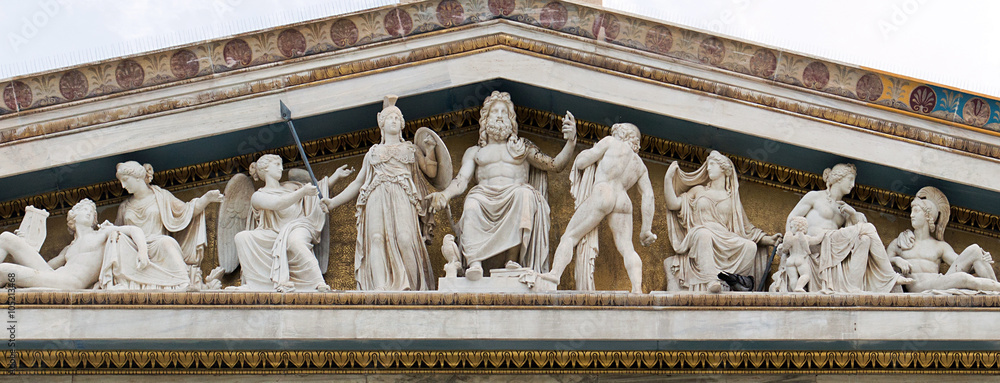
Conclusion
In summary, the Zeus marble statue transcended its role as a mere work of art, evolving into a revered and sacred icon that held a pivotal place within the tapestry of ancient Greek religion and culture. The worship of Zeus, epitomized by this awe-inspiring sculpture, embraced a diverse array of rituals, ranging from offerings and ceremonial sacrifices to joyous festivals and enigmatic oracular practices. This enduring reverence for the Zeus statue underscores its profound significance as a symbol of divine authority and stands as a testament to the opulent religious legacy of ancient Greece.
Now, if you're inspired by the timeless allure of marble statues and wish to elevate your own surroundings with bespoke creations, contactClassybath Stone Tubs . Our artisans specialize in crafting customized marble statues that capture the essence of your vision. Whether it's a deity, a legendary figure, or a unique creation, our skilled craftsmen can transform a block of marble into a work of art that resonates with beauty and meaning. Elevate your living space and leave a lasting impression with our exquisite marble statues from Classybath Stone Tubs.
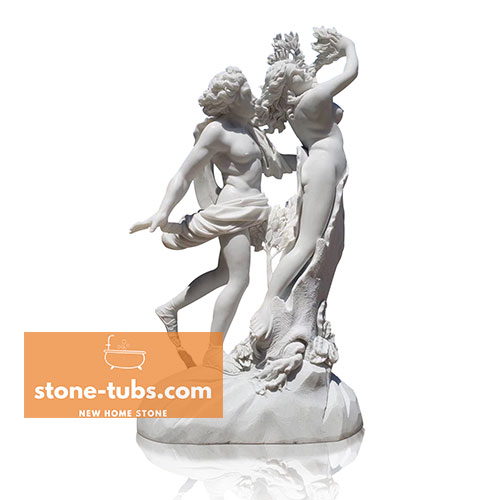
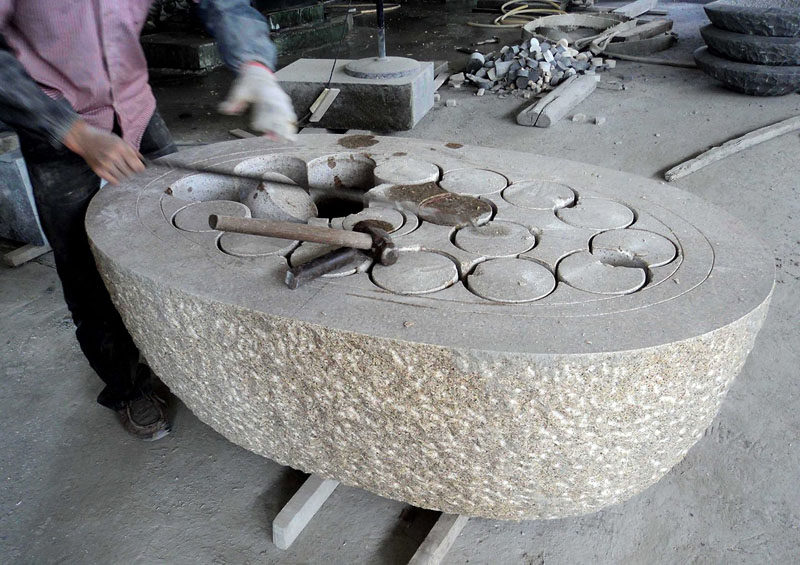
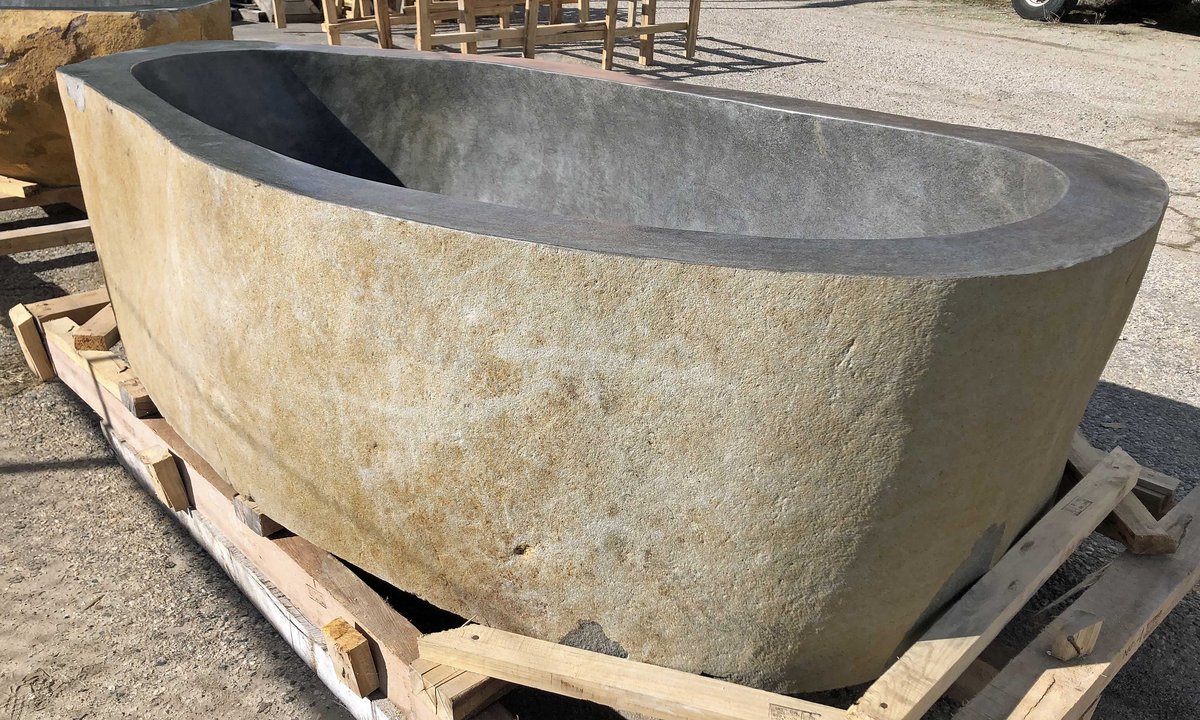



.png)
